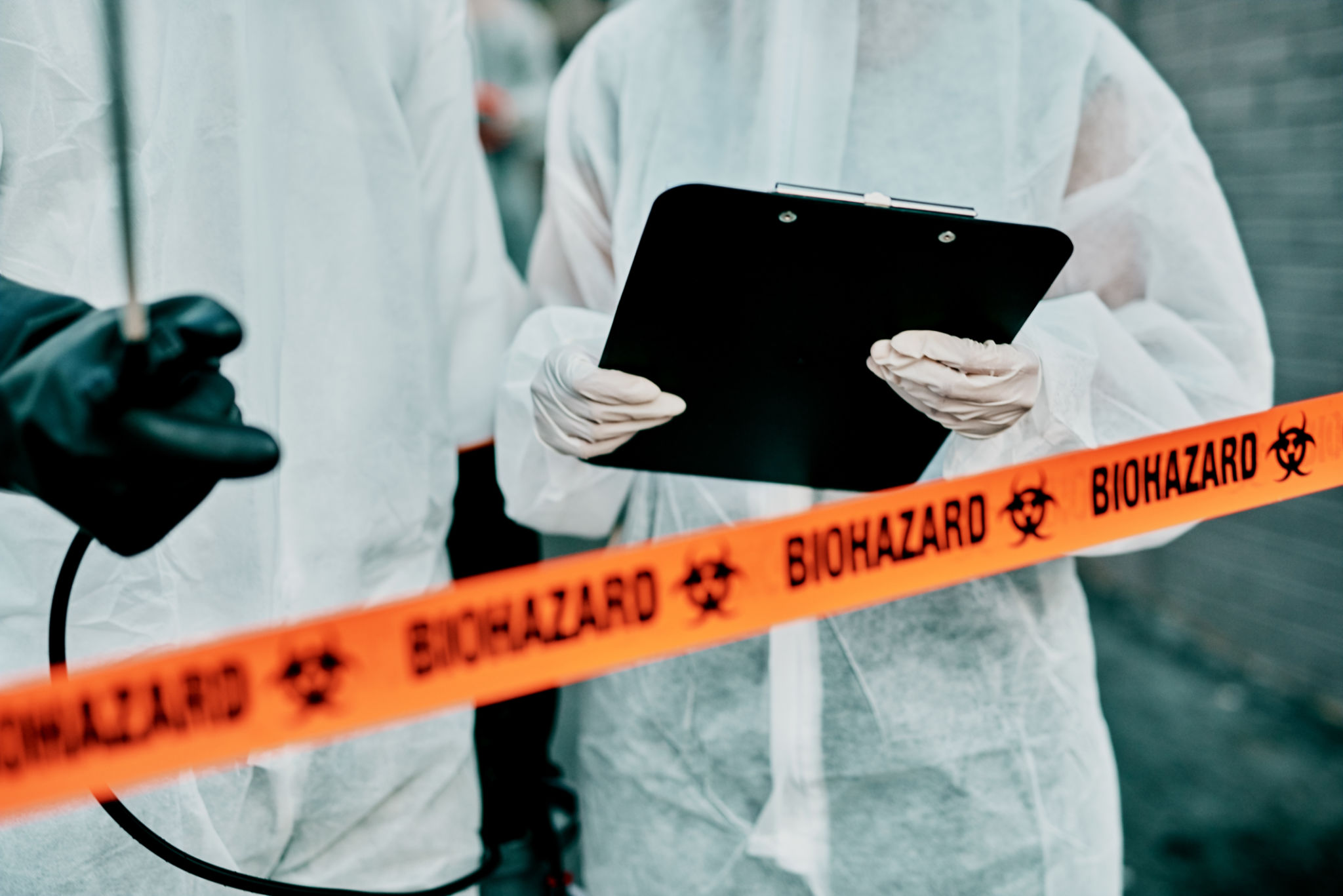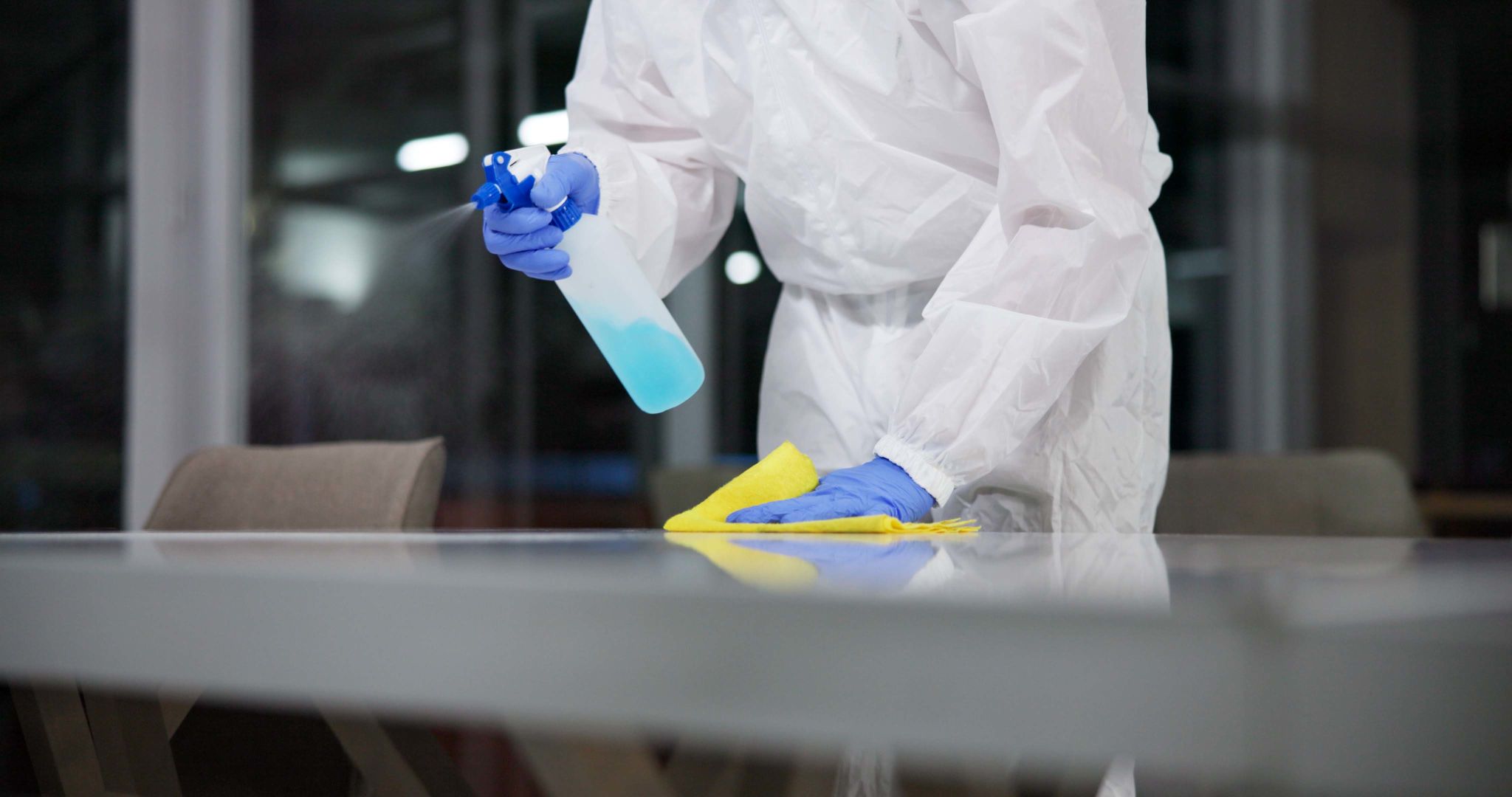Top 5 Myths About Crime Scene Cleaners Debunked
Myth 1: Crime Scene Cleaners Are Only Called for Murders
One of the biggest misconceptions about crime scene cleaners is that they're only needed for murder scenes. While it's true that they are called in for homicides, their work extends far beyond just those situations. Crime scene cleaners are often involved in cleaning up after suicides, unattended deaths, accidents, and even hoarding situations. Their job is to restore a space to a safe and habitable condition, no matter the type of incident.

Myth 2: Crime Scene Cleaners Are Part of Law Enforcement
Another common myth is that crime scene cleaners are part of the police or law enforcement agencies. In reality, they are usually independent contractors or work for specialized cleaning companies. Their role is strictly to clean and sanitize areas after the authorities have completed their investigation. They do not participate in investigations or have any law enforcement authority.
Expertise in Biohazard Cleanup
Crime scene cleaners undergo extensive training in biohazard cleanup. They are equipped with the knowledge and tools to handle potentially dangerous materials like bloodborne pathogens. This specialized training ensures that they can effectively decontaminate a site and prevent the spread of infectious diseases.

Myth 3: Crime Scene Cleaning Is Just Like Regular Cleaning
People often think that crime scene cleaning is similar to regular cleaning, but this couldn't be further from the truth. Crime scene cleaners face unique challenges that require specialized skills and equipment. They need to remove biohazardous materials, sanitize affected areas, and eliminate any lingering odors. This type of work goes far beyond what a typical cleaning service would handle.
Use of Advanced Equipment
The tools used by crime scene cleaners are not your typical mops and disinfectants. They use advanced equipment like ozone machines, industrial-strength cleaners, and personal protective gear to ensure that every trace of biological material is removed. This level of cleaning is necessary to make the area safe for future use.
Myth 4: Crime Scene Cleaning Is Quick and Easy
Many people assume that crime scene cleaning is a quick process, but it can actually be quite time-consuming. Depending on the severity and complexity of the situation, it can take hours or even days to fully decontaminate a site. Each scene is unique, requiring careful assessment and a tailored approach to ensure thorough cleanup.

Myth 5: Crime Scene Cleaners Are Desensitized to Violence
There's a stereotype that crime scene cleaners are hardened individuals who are unfazed by the grim nature of their work. While they are trained professionals, they are still human and can be affected by what they encounter. Many crime scene cleaners have coping mechanisms in place and support networks to help them deal with the emotional toll of their job.
The Importance of Empathy
Empathy plays a significant role in the work of crime scene cleaners. They often interact with grieving families or property owners who are dealing with traumatic events. A compassionate approach not only helps them perform their duties more effectively but also provides some comfort to those affected by the incident.
In conclusion, crime scene cleaning is a specialized field that involves much more than just tidying up after a crime. These professionals play a crucial role in public health and safety, ensuring that affected areas are properly sanitized and safe for future use. By debunking these myths, we can better appreciate the vital work that crime scene cleaners do.
